Knife Basics
Choosing the right kitchen knife is essential for any cook, whether a beginner or an experienced chef. The right knife makes a big difference, improving efficiency, safety, and overall cooking experience.
A good kitchen knife should feel comfortable in your hand, be balanced, and be easy to control. The right knife can help you chop, slice, and dice with precision, while the wrong one can make simple tasks difficult and even dangerous.
There are many types of knives to choose from, each designed for different tasks. Understanding the features of each knife can help you decide which ones you need in your kitchen. You don’t need every knife, but having a few key pieces will make your cooking easier.
In this post, I’ll guide you through the process of selecting the right kitchen knife. I’ll cover the different types of knives, the materials used for blades, and what to look for when purchasing. By the end, you’ll better understand how to pick the perfect knife for your needs.
Investing in the right knives will improve your kitchen skills and make meal prep more enjoyable. Let’s dive in!
Knife Parts
Most knives consist of the front of the knife, tang (not the astronaut drink), bolster, and handle. Let’s look at each of these sections:
The front of a knife contains the blade, spine, tip, and heel. The blade is the sharp part that does the cutting. The spine is opposite the blade and adds weight and stability.
The tip of a knife is at the point and is used for cutting small items, making small cuts, and opening packages that are impossible to break open with your hands.
The tang is the piece of metal that extends from the blade to the back of the knife and to which the handle attaches. Not all knives have tangs, but most good ones do. The tang also gives a knife some weight and balance; otherwise, it would be front-heavy.
The bolster is the little collar that separates the blade from the handle. It adds strength and balance and, most importantly, prevents you from cutting your finger off if the knife slips when cutting. The bolster can run from the spine to the edge or just partway.
Again, most of the better-made knives have a bolster.
You hold on to the handle, which can be made of wood, plastic, composite, or stainless steel. You might think a handle is just a handle, but since you will be mostly in contact with it, it must feel good.
Construction
Knives are either blocked, forged, or sintered.
Blocked knives are cut from a single metal sheet, usually of the same thickness. The blades are ground to form the edge, and handles are added to the tang.
They typically don’t have bolsters, are less expensive to make and therefore buy, and are not usually excellent quality. They won’t have the balance or feel of a better-made forged knife.
Forged knives is made the way we think King Arthur’s sword may have been produced. The manufacturer takes a hunk of metal, heats it, and pounds it into the correct shape using a drop forge machine.
These knives typically have bolsters, more weight, and thicker bolsters and cost a heck of a lot more. But with the extra expense, you get a better-made, better-balanced knife that, if taken care of properly, you may have forever.
Sintering is a process where a separate blade is fused to a separate tang. It’s less expensive than forging, but it allows you to create beautiful Eastern-style knives like Global, which have flat blades but tubular handles.
Eastern vs. Western Style
The easiest way to describe the difference is to look at a couple of examples. The knives in the photographs to the right are examples of Eastern styles, while the Wusthof above is an example of a Western style.
Another example of Eastern (Asian) cutlery is the Chinese Cleaver, which was developed for several cutting purposes. It has a rectangular blade with a straight cutting edge and a slight curve for rocking when mincing and dicing.
The top of the blade is dull for pounding purposes, and the wide side is perfect for smashing garlic and scooping cut ingredients.
Japanese Knives
Although there are three specific specialty knives designed for cutting various ingredients in Japanese cuisine, the santoku knife most knife in Japanese kitchens is called a santoku and has a long, medium-width blade.
Interestingly, this knife only has one sharp edge on one side, compared to Western-style knives that are sharp on both sides. The Japanese believe a single-edged blade cuts more effectively.
Materials—The Japanese also introduced ceramic blades to the West. Kyocera manufactures a knife with an incredibly sharp ceramic blade that is more durable than you would think.
Another Japanese company, Global, manufactures a stainless steel blade that can hold a razor-sharp edge. These knives are wonderfully balanced and beautiful to look at. I’m unsure how they handle it because I don’t own one yet.
onlinesources: Kitchen Knives & Cutlery
There are many sources for purchasing quality Kitchen Knives, including chef’s, pairing, and boning knives. Check out your local department stores and kitchen supply shops.

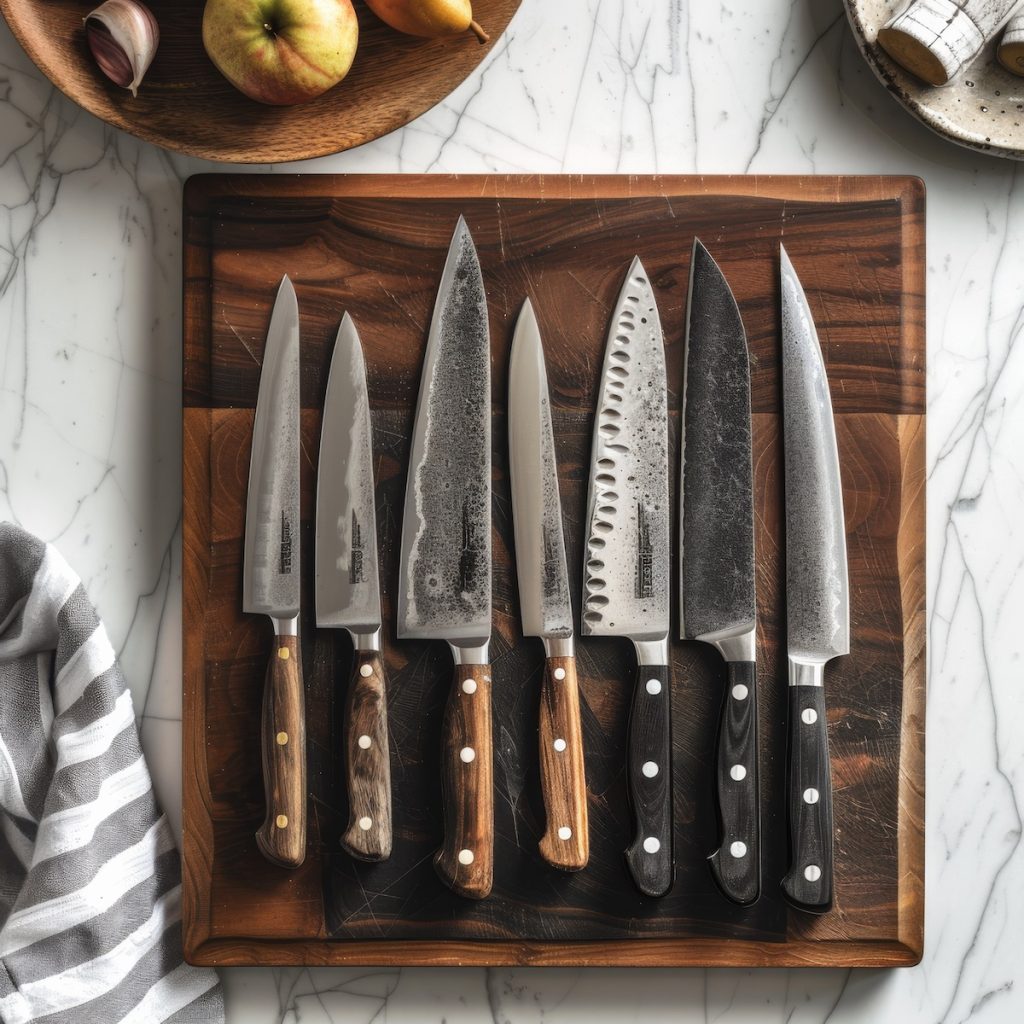
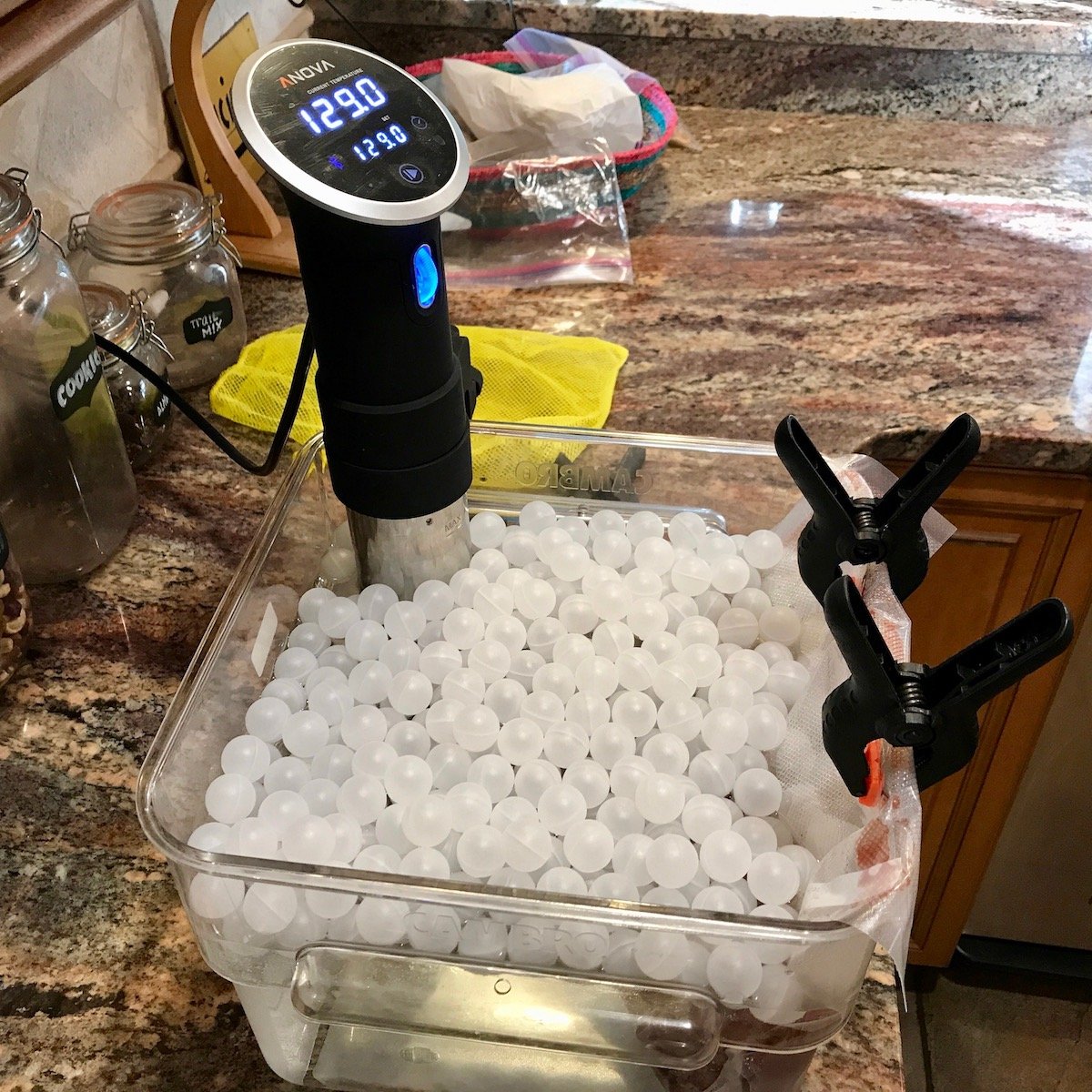
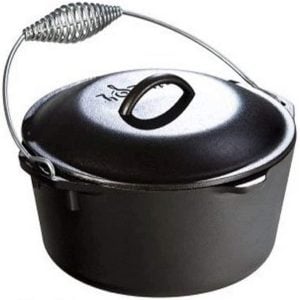
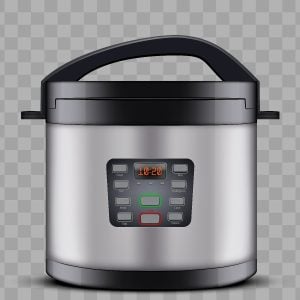
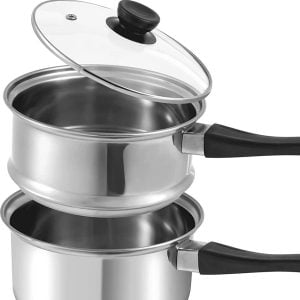
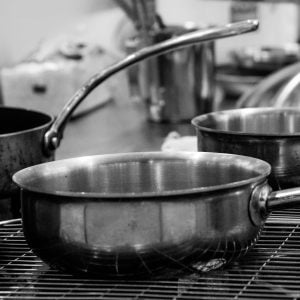
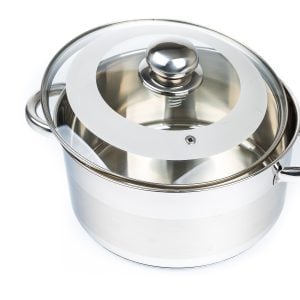
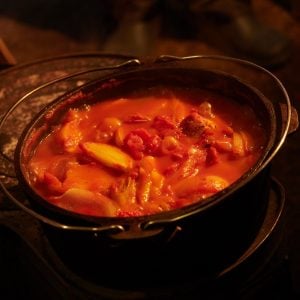
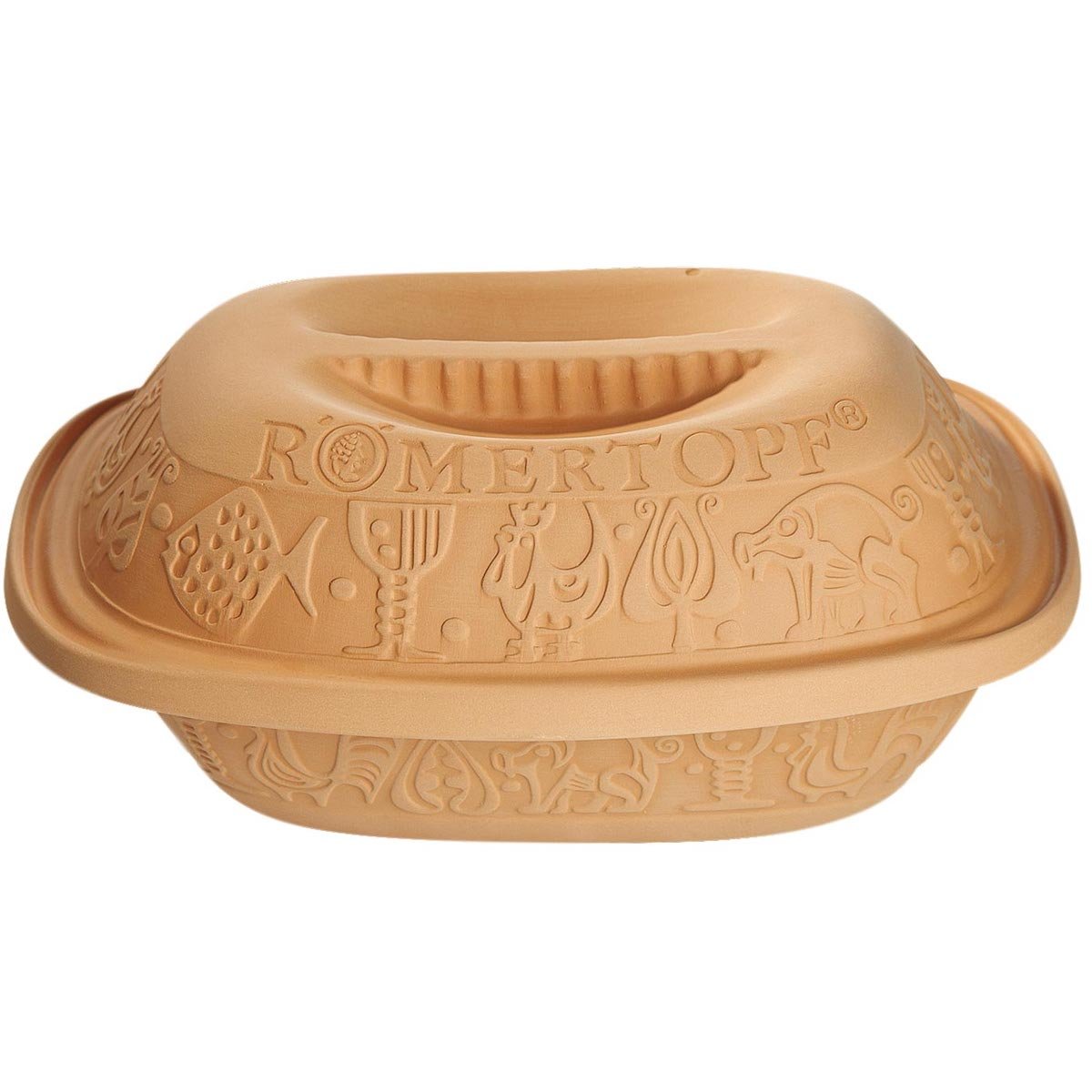


3 Responses
Good points Stephen. If I can add something to the discussion, then with knives, like with almost anything crucial which we buy – it really depends on person’s budget and purpose of use. While I can’t give an opinion about Western type knives, I know a lot about Japanese ones (I co founded shop with handcrafted Japanese knives japana.uk). Within them, you can get a decent kitchen knife within the range of $150-$200. So for set of three knives, you are looking to spend around $450-$700.
I agree with you, a person only needs 3-4 knives to have a well-balanced set of knives for different purposes.
As for knife types: Gyuto (chef’s knife) and Santoku are the most critical since you use them daily. Our clients who are professional chefs tend to choose R2/SG2 steel knives, Sakai Takayuki and Yu Kurosaki are their favorite blacksmiths. Next, you would need a petty knife (utility) and Deba or Nakiri.
A while ago I’ve written a guide to choosing the right knife for a person’s needs, maybe some of you here will find it helpful. https://japana.uk/how-to-choose-the-right-knife/.
Good luck and happy knife hunting!
It sure was nice how you suggested checking the shop for knives and giving the items a test drive so as to be sure that I buy the right one that will match my hands perfectly. I never knew that buying a knife can be so complicated, but I will still take note of that. I am a beginner in the kitchen, so it’s paramount that I choose the right supplies for me so that the job will be a lot less problematic. Thank you for the tips!
As usual stephen! Your knowledge about kitchen knives is beyond from my thinking. Thanks dude for helping me to choose the J.A Henkels Knife for my kitchen. That’s match my hands and do work perfectly.